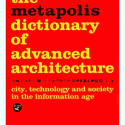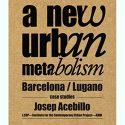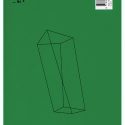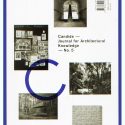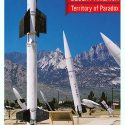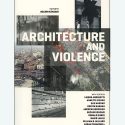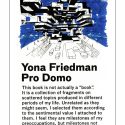Your Cart is empty
Chiharu Shiota (SP ED.)
Las líneas de la mano
Chiharu Shiota
Casa Asia presents the contents of the first exhibition by Chiharu Shiota (Osaka, 1972) in Barcelona, showing installations integrated in a unique project at its headquarters.
Shiota’s installations produce their own spaces, where hundreds of invisible threads that bond us to things can be seen. In these domestic scenarios she proposes, threads become bridges between a bride’s dress and the absent subject, a piano, suitcases and a mirror. In her work, these threads are veins with tears, fear for abyss, life and death; threads that are plots of particular and universal stories, interweaving like the inverted roots of a tree, just like a rhizome through multiple branches that hold up the relationship between she and the world.
EBOOK VERSION


